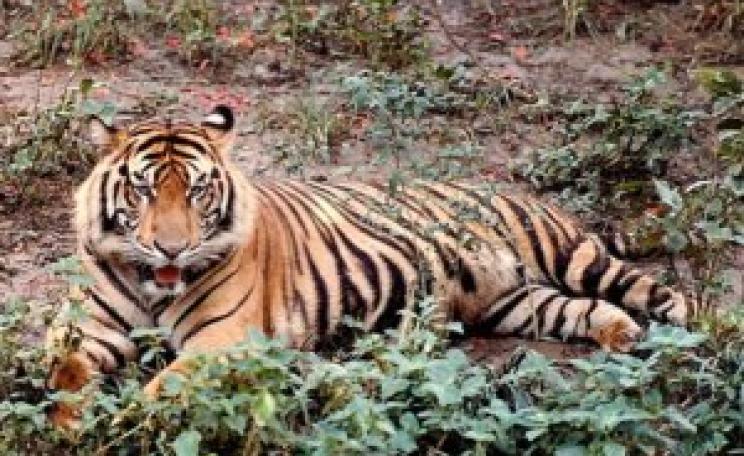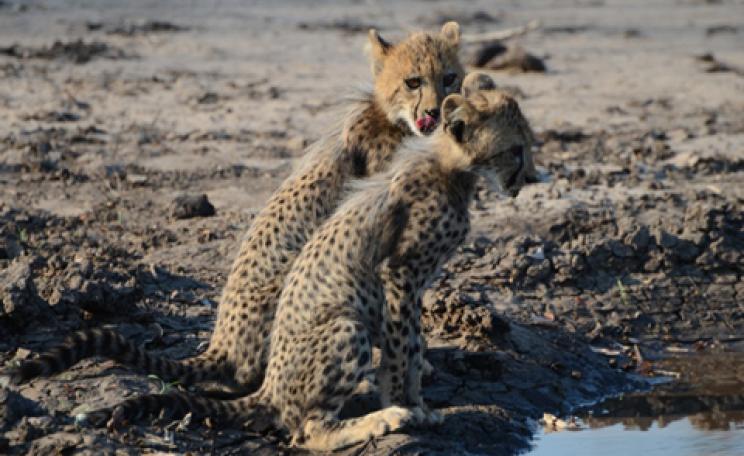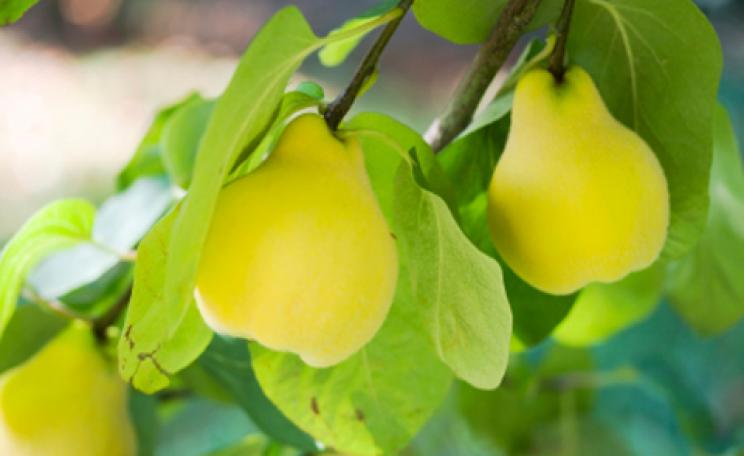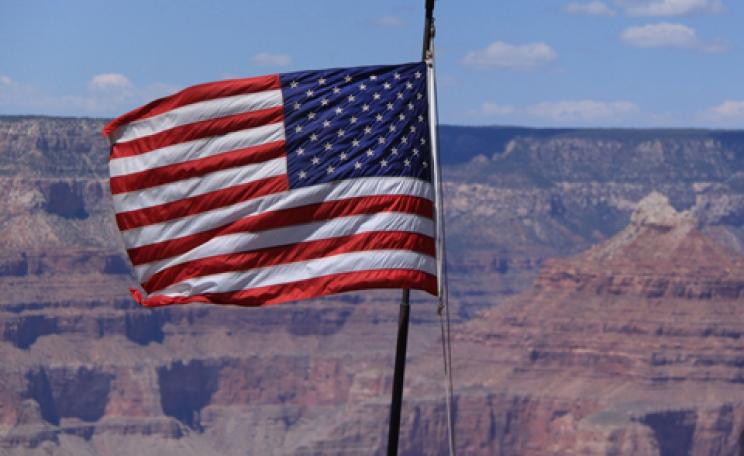Poaching is increasingly sophisticated prompting the need for a stronger response
On one side of the road is the Malilangwe Wildlife Reserve, a 130,000-acre stretch of pristine wilderness that is home to 57 species of large mammal, including 84 of Zimbabwe’s 500-strong black rhino population. On the other is a barren patch of land, once home to a thriving game reserve, but now a grazing spot for a motley crew of goats, donkeys and cows. Where the land beyond Malilangwe’s border is green and liberally dotted with trees, all that can be seen on the other side is the odd blasted shrub, a gaggle of mud-walled thatched huts and vast stretches of red-gold sun-baked soil.
The Ecologist is in Zimbabwe but the contrasting roadsides speak volumes about the challenge facing conservationists all over Africa: how do you balance the needs of human populations with those of wildlife? Even more importantly, in an age of increased demand for rhino horn, ivory and animal bones for use in Chinese medicine, how do you protect the animals in your care?
For former Royal Marine Mike Ball, the man who heads up the Malilangwe Trust’s security team, the Scouts, it means you do everything in your power, even to the point of taking on a pride of lions to save a rhino calf. ‘I was down here,’ he says, gesturing out the window, ‘when 10 lions shot past, so we drove round to find a rhino and her calf surrounded by these lions, completely surrounded, all trying to take the calf. They did eventually do it while the mother was running at the others.’ His response? ‘I managed to crash into them and chase them off and had the baby underneath the car with the lions trying to take us all the time. Eventually it sort of recovered and stood up, and then the mother chucked my vehicle and put its horns right through my tyre three times! She [the calf] was fine – just a few little puncture wounds - but I was really lucky.’
Despite Mike’s heroics, the fact remains that the real threat to the rhinos lies not with the Trust’s lions but with the South Asian appetite for horn. ‘It’s mostly for traditional medicine,’ says Richard Thomas of wildlife trade monitoring network, TRAFFIC, ‘but it has also become a status symbol for the wealthy, which explains why bracelets have been found.’
 Rhino deaths have gone through the roof in neighbouring South Africa and Mozambique, and although exact figures are hard to come by in Zimbabwe, it’s clear that the local rhino population is also falling victim to the trend. According to the International Union for the Conservation of Nature [IUCN], current poaching levels in Zimbabwe are unsustainable and threaten to wipe out population gains made in the mid-1990s. What’s more, says the report, poachers are becoming increasingly sophisticated: 'In Mozambique, South Africa and Zimbabwe, quieter methods to kill rhino to avoid detection (i.e. no gunshot noise) have been employed, including the use of veterinary immobilising drugs, poison and cross-bows. This points to a growing and cunning sophistication in the illicit procurement of rhino horns and the involvement of marksmen with specialised skills and equipment.’
Rhino deaths have gone through the roof in neighbouring South Africa and Mozambique, and although exact figures are hard to come by in Zimbabwe, it’s clear that the local rhino population is also falling victim to the trend. According to the International Union for the Conservation of Nature [IUCN], current poaching levels in Zimbabwe are unsustainable and threaten to wipe out population gains made in the mid-1990s. What’s more, says the report, poachers are becoming increasingly sophisticated: 'In Mozambique, South Africa and Zimbabwe, quieter methods to kill rhino to avoid detection (i.e. no gunshot noise) have been employed, including the use of veterinary immobilising drugs, poison and cross-bows. This points to a growing and cunning sophistication in the illicit procurement of rhino horns and the involvement of marksmen with specialised skills and equipment.’
These methods are working on a global scale. Just a month ago, the last Javan rhino in Vietnam met its death at the hands of poachers, and while the Ecologist was in South Africa and Zimbabwe for this report, six rhinos were killed in South Africa’s Kruger National Park in a single day. But it isn’t just the big beasts that are falling prey to poachers. Small scale subsistence poaching is also taking its toll on game such as impala, klipspringers and guinea fowl, while ‘fish-poaching’ is making life hard for raptors like the Fish Eagle, which rely on a piscine diet. So far, the Malilangwe Trust has taken a three-fold approach to dealing with the problem: anti-poaching patrols, community involvement and tourism. And with only one rhino taken to date, it’s an approach that appears to be paying dividends.
Perched high up on a hill, overlooking a lake created by the damming of the Nyamasikana River back in the 1950s is Singita Pamushana; a stunning luxury lodge run by South African eco-tourism specialists, Singita. It doesn’t get huge numbers of British tourists, although it does attract plenty of well-heeled Americans, a couple of Hollywood superstars (Michael Douglas and Catherine Zeta-Jones among them) and the odd despot’s son in the shape of former Libyan leader, Muammar Gaddafi’s third son Al-Saadi. Starry clientele aside, what the lodge also does is provide employment for locals and funds to pay for conservation operations. Either way, the goal as far as tourism is concerned is to make enough money to make the Trust’s conservation and community objectives self-sustainable while having as little impact on the environment as possible. But while tourism is an ongoing project, the work having the biggest impact on current poaching levels is that being done by the Scouts. Malilangwe’s anti-poaching team is a 70-strong squad of local Shangaans – many of whom are former poachers themselves – employed to patrol the boundaries of the reserve and make it as formidable a target as possible for anyone with killing animals in mind. Although much of what they do takes place on the reserve, they also work with officials in the neighbouring Gonarezhou National Park, who are faced with the daunting challenge of securing an area the size of Belgium. It’s no easy task as the authorities in charge of protecting South Africa’s Kruger National Park, which is the size of Wales, will attest. Unlike Gonarezhou and Kruger, Malilangwe benefits from having its own solar powered fence but that doesn’t mean that break-ins aren’t attempted. ‘It’s a full time, seven days a week, 24 hours a day job,’ says Mike. ‘We are dealing with pretty sophisticated poachers who can come in at any time really, day or night, so we have to pretty much have to protect it 24 hours a day.’
Malilangwe’s anti-poaching team is a 70-strong squad of local Shangaans – many of whom are former poachers themselves – employed to patrol the boundaries of the reserve and make it as formidable a target as possible for anyone with killing animals in mind. Although much of what they do takes place on the reserve, they also work with officials in the neighbouring Gonarezhou National Park, who are faced with the daunting challenge of securing an area the size of Belgium. It’s no easy task as the authorities in charge of protecting South Africa’s Kruger National Park, which is the size of Wales, will attest. Unlike Gonarezhou and Kruger, Malilangwe benefits from having its own solar powered fence but that doesn’t mean that break-ins aren’t attempted. ‘It’s a full time, seven days a week, 24 hours a day job,’ says Mike. ‘We are dealing with pretty sophisticated poachers who can come in at any time really, day or night, so we have to pretty much have to protect it 24 hours a day.’
And with poachers employing increasingly sophisticated weaponry, an armed response is becoming the only way to stop animal deaths on the conservation front line. Both Zimbabwe and South Africa employ armed anti-poaching units, and although controversial, the practice has been welcomed in many quarters. ‘I don’t think force is ever OK,’ WildAid CEO, Steve Trent, said in a recent interview with the Ecologist ‘But what do you want them to do? Go out unarmed and get shot? You have to allow them to be armed. People trying to kill animals can kill you in the process. It’s the real world that we live in.’
Armed response units and 24 hour patrolling aside, what has also been making a difference, for Malilangwe at least, is a willingness on the part of the local constabulary, and to an extent, the Zimbabwean government, to step up anti-poaching operations. ‘There are some pretty amazing guys in the police force who want to do the right thing and we have been pretty fortunate to deal with them,’ says Mark. ‘Over the last few years things have definitely changed with the police and we deal with them a lot more than National Parks,’ adds Mike. ‘There is less political pressure on them and more pressure to do the right thing rather than the political thing, so it has enabled us to build up a good relationship with them; they don’t feel bad about chatting to us and have really made an effort to help us, which has made our life a lot easier.’ But it isn’t only the local police who have been helping the Trust to protect its wild charges. The third plank of Malilangwe’s conservation strategy – community – has also made a big difference.
 I’m standing in a small courtyard festooned with washing lines with Shepherd Mawire, the Community Development Co-ordinator at Malilangwe. His is a varied job that takes in everything from tackling malaria to organising daily breakfasts for 19,000 local children via working in nearby schools and getting involved with operations at the local clinic. It’s a motley brief to say the least, but today he’s standing with me, looking at a pile of animal skulls. Not, this time, the work of a poaching gang, these are skulls gathered from around the reserve and their purpose is educational. The courtyard is part of a compound specially built to accommodate local school children who visit the reserve to benefit from lessons on conservation and the environment. ‘We start off by talking about what is around them, we talk about flora and fauna, cutting down trees for no reason and poaching; we completely discourage those two 100 per cent,’ explains Shepherd. ‘We [also] discourage wild fires and then we start looking at issues of land and their surroundings - soil erosion, how it happens and how to prevent it.’
I’m standing in a small courtyard festooned with washing lines with Shepherd Mawire, the Community Development Co-ordinator at Malilangwe. His is a varied job that takes in everything from tackling malaria to organising daily breakfasts for 19,000 local children via working in nearby schools and getting involved with operations at the local clinic. It’s a motley brief to say the least, but today he’s standing with me, looking at a pile of animal skulls. Not, this time, the work of a poaching gang, these are skulls gathered from around the reserve and their purpose is educational. The courtyard is part of a compound specially built to accommodate local school children who visit the reserve to benefit from lessons on conservation and the environment. ‘We start off by talking about what is around them, we talk about flora and fauna, cutting down trees for no reason and poaching; we completely discourage those two 100 per cent,’ explains Shepherd. ‘We [also] discourage wild fires and then we start looking at issues of land and their surroundings - soil erosion, how it happens and how to prevent it.’
Lessons with Shepherd go beyond simple anti-poaching messages with recycling and tree planting both given a prominent role in the curriculum. But it’s the anti-poaching message that the Trust hopes will get back to the local community. ‘We want them to understand, we want them to picture it and when they do go back, [the children] can talk to each other and influence their parents because some of the perpetrators are their parents,’ says Shepherd. ‘They share [the message] with their friends and the community at large and get them to actually [look] at [conservation] from a very positive point of view.’ In many cases, parental poaching has more to do with putting food on the table than with involvement with international traffickers, but in both cases, poaching – on the ground at least - is a response to tough economic times. Although the hyperinflation that bedevilled Zimbabwe in the noughties is now just a bad memory, the country remains poor with high levels of rural poverty. This has made the country fertile ground for traffickers willing to pay a local point man to do the dirty work of killing the rhino on the ground. And it’s the economic issue that the feeding programmes, and of course, Singita Pamushana Lodge, are helping to tackle.
So what about the future of the Malilangwe Trust’s rhinos? Wildlife Manager Chris Wenham’s assessment is bleak. ‘We’ve already had a few incidents which we’ve managed to stop with assistance from the police,’ he says. ‘We’ve made the risk of poaching here too high for most, but eventually, the poachers will come. There’s a very real threat.’ In the meantime, the Trust runs a black rhino conservation programme led by Dr Sarah Clegg who is part of Malilangwe’s in-house research team. Her husband and the head of the Trust’s conservation team, Dr Bruce Clegg, hopes that the success of the programme will lead to further gains for Zimbabwe’s rhino population. ‘Our ultimate objective would be to go and protect those animals and establish another population [that is] as successful as ours to make sure that conservation continues.’ But with poaching showing no sign of slowing down and with prices for rhino horn climbing to a previously unheard of $60,000 per kilo, the future is by no means certain for Zimbabwe’s – and Africa’s - rhinos.
The Ecologist is grateful for the assistance of Singita Pamushana and the Malilangwe Wildlife Reserve - www.singita.com
Journeys by Design can tailor-make bespoke itineraries including Singita’s lodges (www.journeysbydesign.com / 01273 623790)
| READ MORE... | |
 |
NEWS ANALYSIS UN-backed coal power station linked to deforestation and land grabbing An Ecologist investigation reveals how the largest coal power plant to be awarded UN carbon credit funds is displacing poor communities and destroying forest in India. Luke Starr reports from Madhya Pradesh |
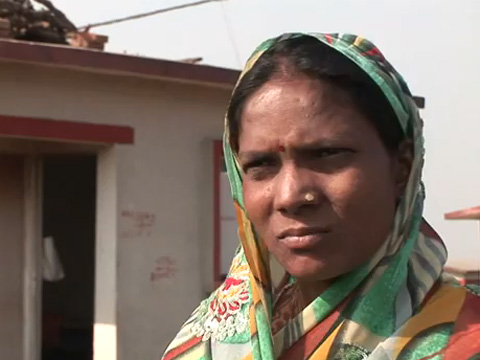 |
NEWS ANALYSIS FILM The carbon con: the true cost of offsetting Exclusive film looks at allegations that a coal power project in central India, approved under the UN's Clean Development Mechanism, is destroying forests and livelihoods |
 |
NEWS ANALYSIS Common infections will be 'untreatable' if antibiotic misuse continues Scientists in new warning on post-antibiotic age as campaigners call for stronger controls on excessive use in intensive farming |
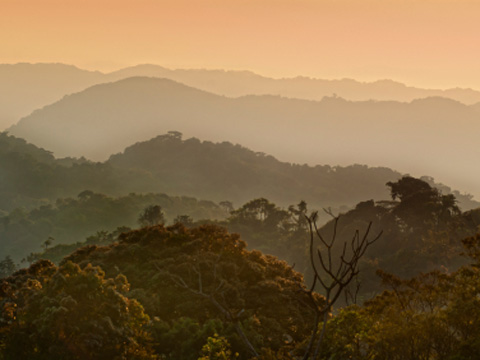 |
NEWS ANALYSIS What's happened to Guyana's rainforest deal with Norway? Back in 2009 it was heralded as a potential model for REDD+ and reducing rates of deforestation but Norway's deal with Guyana appears to have made little progress |
 |
INVESTIGATION Wildlife special Is there room for wildlife as Africa grapples with development? How poaching for the illegal wildlife trade, intensive farming, climate change and population growth all threaten Africa's unique wildlife |



